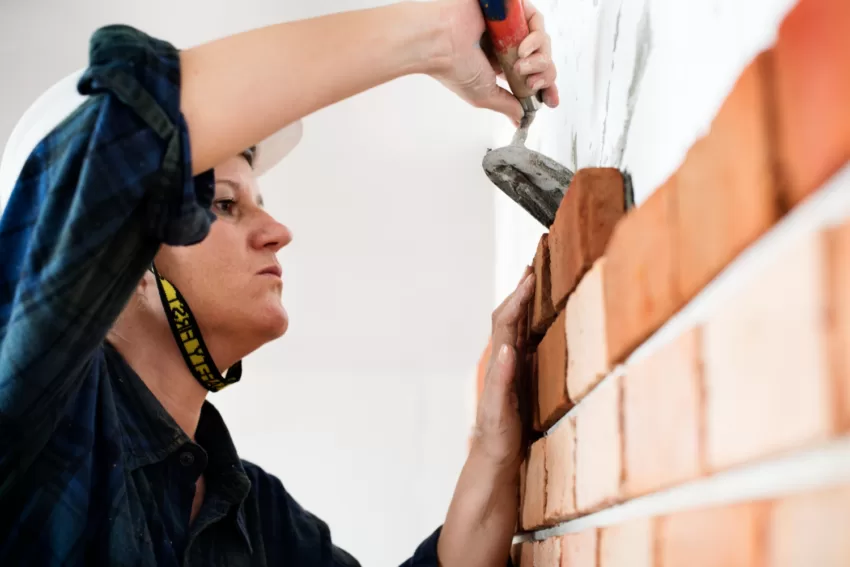Introduction
When it comes to constructing your dream home, the quality of the materials you use is of utmost importance. Burnt clay bricks are a popular choice for building, but how can you ensure their quality if you don’t have access to a laboratory for testing? Don’t worry; in this guide, we’ll show you how to perform simple yet effective tests to check the clay bricks quality using nothing more than your senses and basic tools. These tests will help you determine the quality and durability of the bricks before you incorporate them into your construction project.
Visual Inspection
Begin your brick assessment with a visual inspection. Examine the surface of the brick for any of the following:
- Cracks
- Irregular shapes
- Discolored patches
- Lumps
High-quality bricks typically have a uniform color and smooth surfaces. Any of these visual imperfections may be indicators of subpar quality.
Tactile Examination
Now, run your fingers over the surface of the brick. A well-made brick should feel:
- Hard
- Uniform
If you notice powdery or sandy particles coming off easily, it could be a sign of poor-quality brick. A good brick should provide a solid and uniform texture when touched.
Sound Test (also known as Clap Test)
To perform the sound test, gently tap two bricks together. Pay attention to the sound they produce:
- A high-pitched, ringing sound usually indicates good quality.
- A dull thud might suggest a weak or inferior brick.
This simple test can give you a quick sense of the brick’s integrity.
Water Absorption Test
The water absorption test helps assess a brick’s ability to resist moisture. Follow these steps:
- Measure the initial weight of the brick (W1).
- Immerse the brick in water at room temperature for 24 hours.
- After 24 hours, measure the weight of the brick again (W2).
- Calculate the percentage of water absorption using the formula: Percentage of Water Absorption = (W2 – W1) / W1.
A good-quality brick should have a water absorption percentage within the range of 12-20%. Bricks with higher absorption rates are less desirable for construction projects.
Scratch Test
Perform a scratch test to evaluate the brick’s durability:
- Try scratching the surface of the brick with your fingernail.
- If the brick remains unscratched or only leaves a barely visible mark, it’s likely of good quality.
- If it leaves a visible mark or significant damage, it might be less durable and more prone to wear and tear.
This test gauges how well the brick can withstand external forces.
Drop Test
The drop test provides insights into a brick’s internal structure and quality:
- Drop a brick from a height of around 1-1.5 meters onto a hard surface, preferably concrete.
- Observe how the brick reacts upon impact.
A high-quality brick will typically break into two parts from the middle area, and you will not find any lumps inside. The color should also be uniform throughout the cross-section.
Conclusion
Testing clay bricks without access to a lab is achievable by using your senses and some basic tools. By conducting visual inspections, tactile examinations, sound tests, water absorption tests, scratch tests, and drop tests, you can make informed decisions about the quality and durability of the bricks you plan to use in your construction project. Ensuring that you have high-quality bricks is a crucial step in creating a strong and reliable foundation for your dream home.
